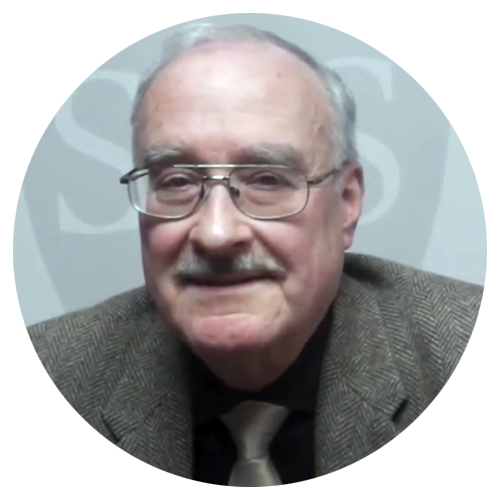An end to the conflict and a better future for all Syrians is possible
Syria At War
Eight Years On

This report is the second product of the collaboration between the United Nations Economic and Social Commission for Western Asia (ESCWA) and the Centre for Syrian Studies (CSS) at the University of St Andrews, which began with a letter of understanding on joint scholarly activity, signed in January 2016. It is the result of extensive research by scholars and experts associated with the National Agenda for the Future of Syria (NAFS) Programme, as well as NAFS-sponsored dialogue with a broad spectrum of Syrian stakeholders, including actors in civil society, the private sector and national and international academic institutions, aimed at moving towards consensus beyond the polarizations of the conflict period. It benefited from analysis by CSS resident experts and an extensive network of scholars. The report provides data on the socioeconomic impact of the conflict in the Syrian Arab Republic. It documents the consequences for the economy and social fabric that pose daunting future challenges: whether it is production, investment or human development, the conflict has cost the country its hard-won socioeconomic gains, even though the flaws in the pre-conflict order contained the seeds of the conflict.





